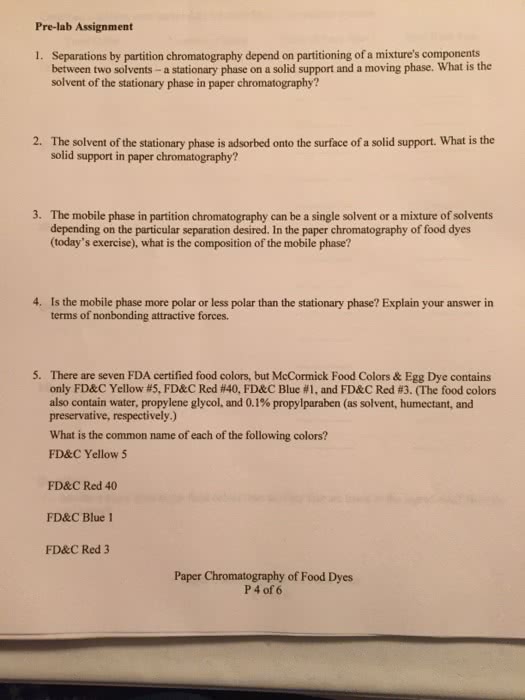BIOC 2580 Lecture Notes - Lecture 4: Partition Chromatography, Column Chromatography, Elution
Document Summary
Amino acid analysis helps to determine protein structure. 1) separation of a mixture into components. 2) detection of the components of interest can be qualitative (tells you what is present) can be quantitative (tells you how much is present) can be preparative (separated components can be recovered for further experiments) Partition chromatography is an important method for separating components of a mixture. Particles of solid are chosen with a specific property, i. e. silica gel has ho-si-oh groups that can hydrogen-bond to polar amino acids stationary phase liquid solvent or buffer flows past the particles and is non-polar. Polar amino acids, p, spend more of their time hydrogen bonded to silica and move slowly. Non-polar amino acids, n, spend more time in solvent, and move almost as fast as the solvent thin layer chromatography. Process: silica gel is spread in a thin layer on a plastic sheet samples are applied near the lower edge the lower edge is placed in solvent.




